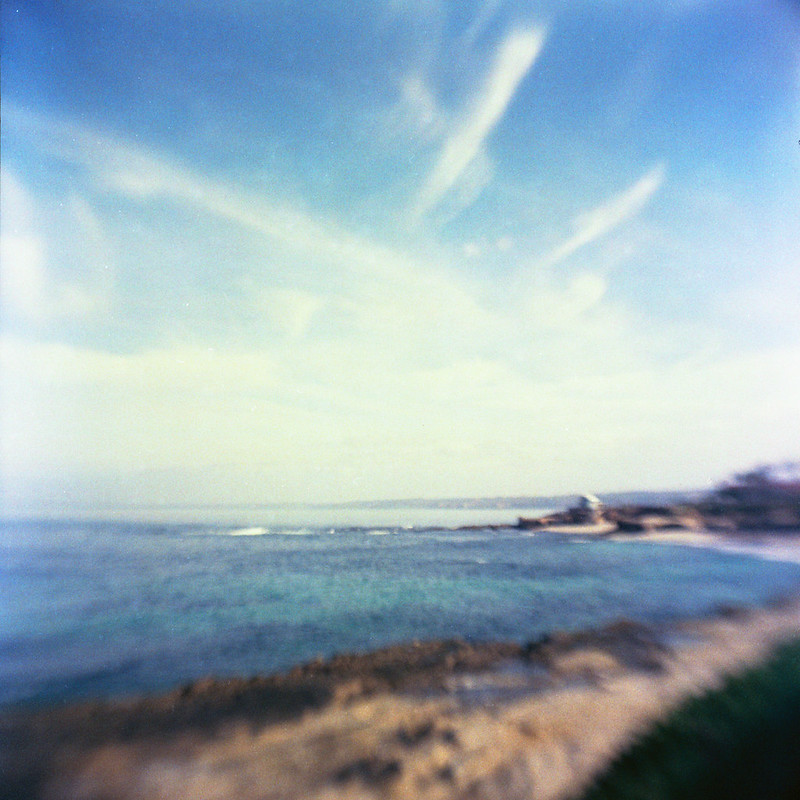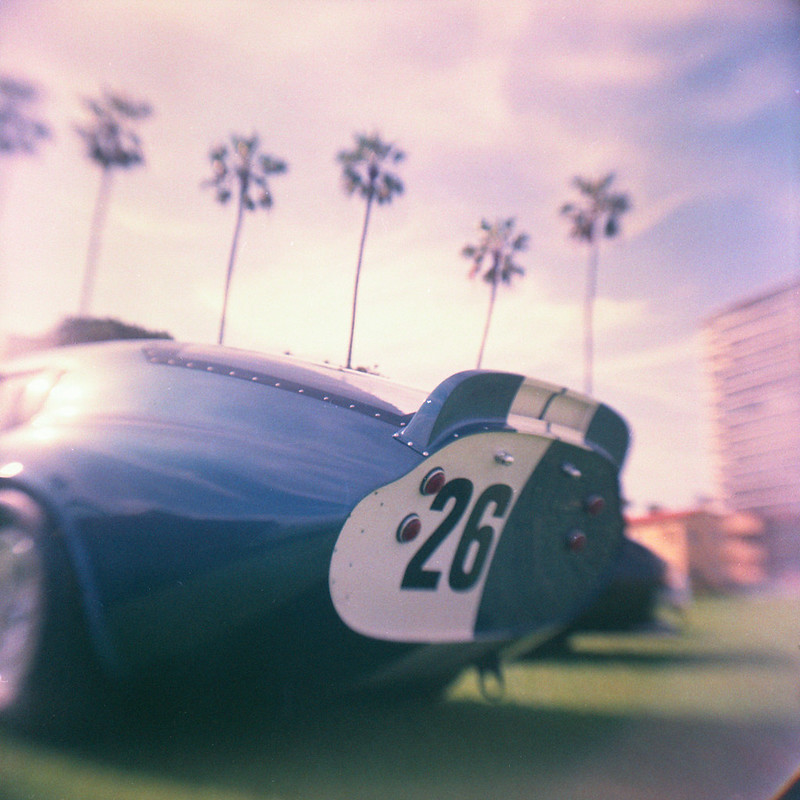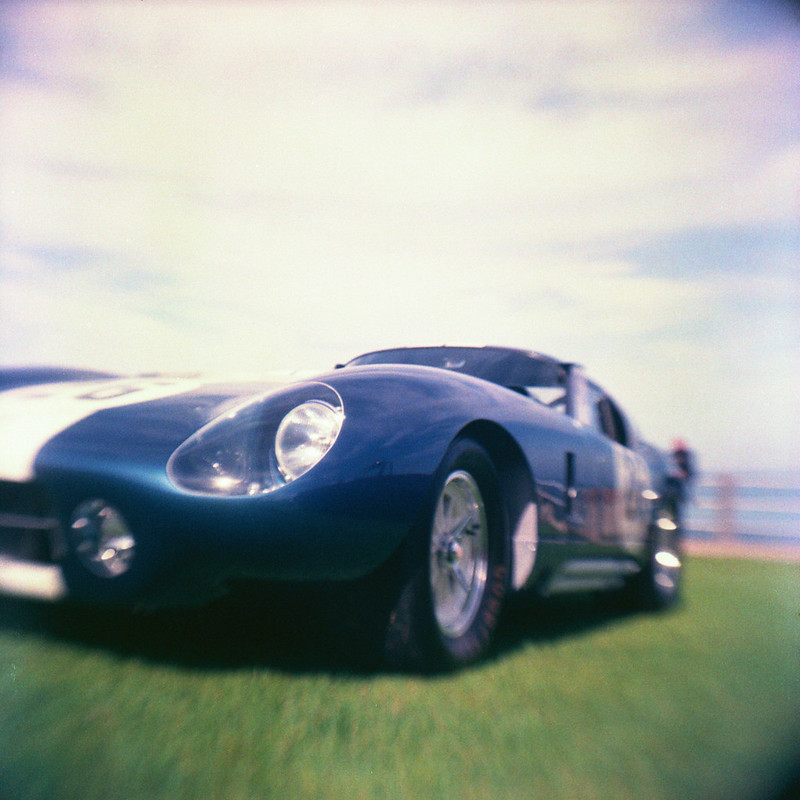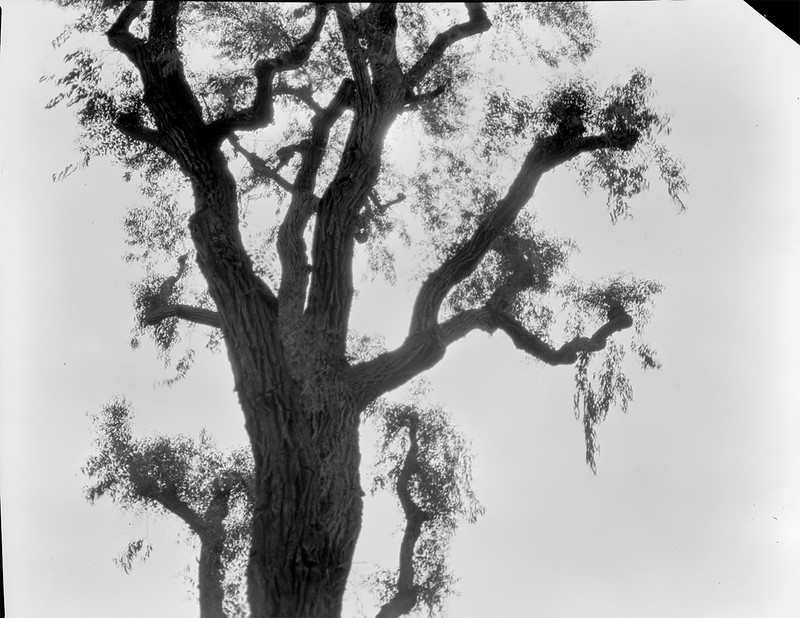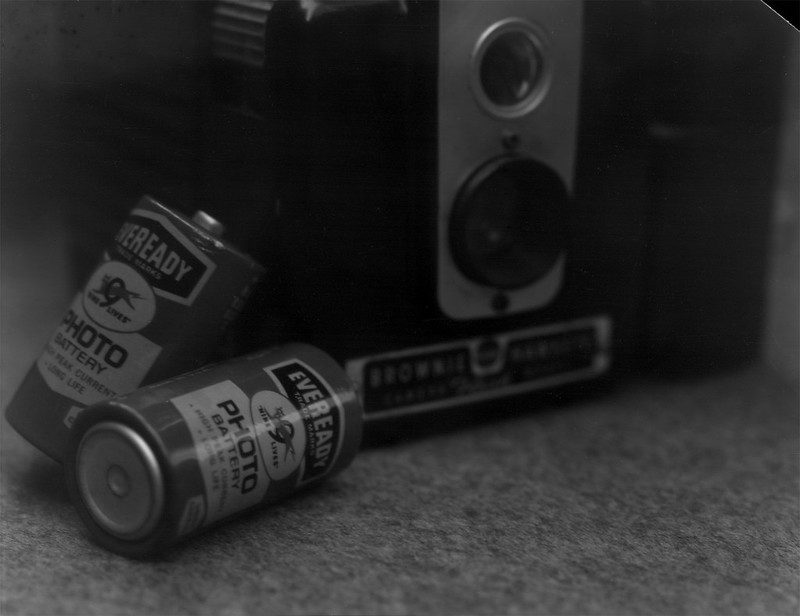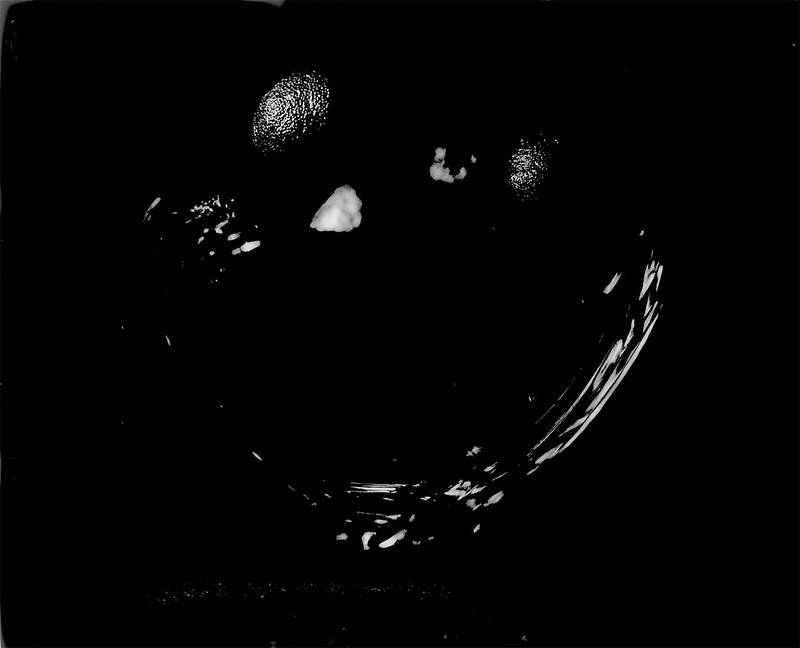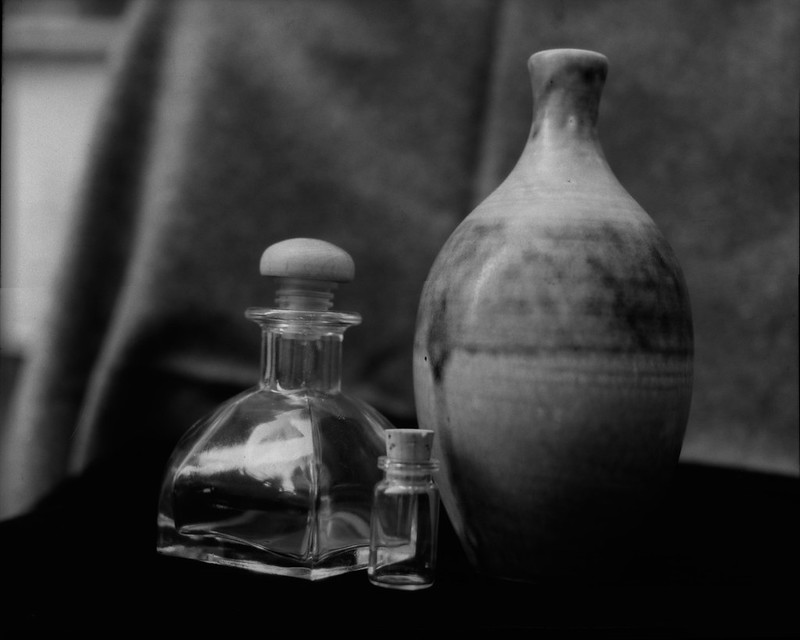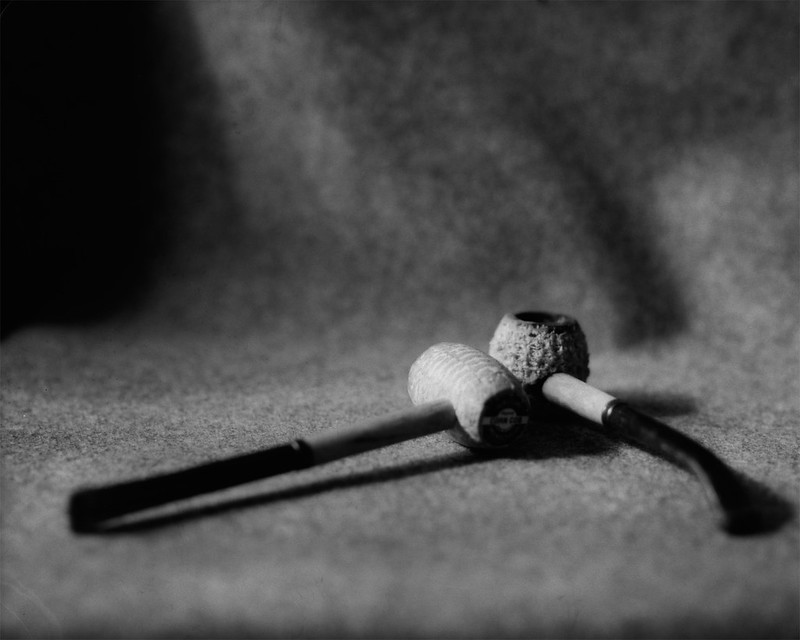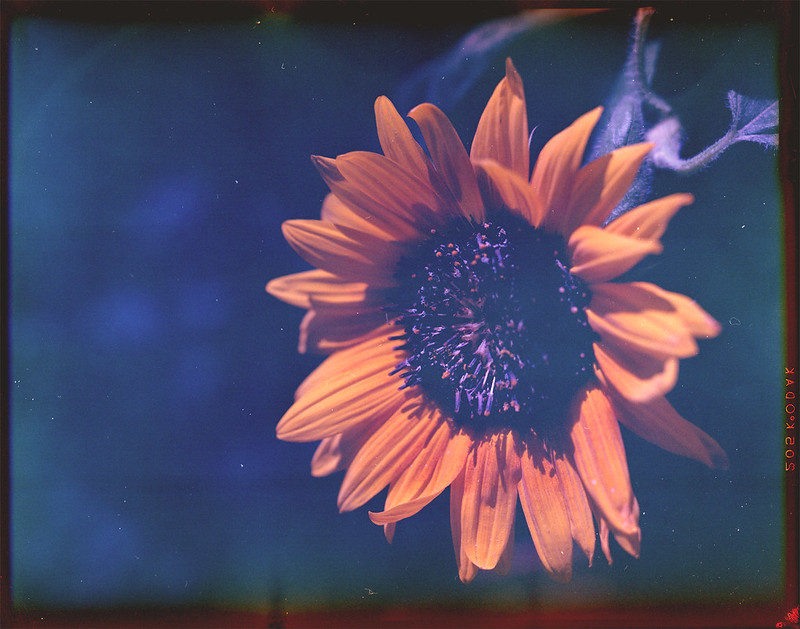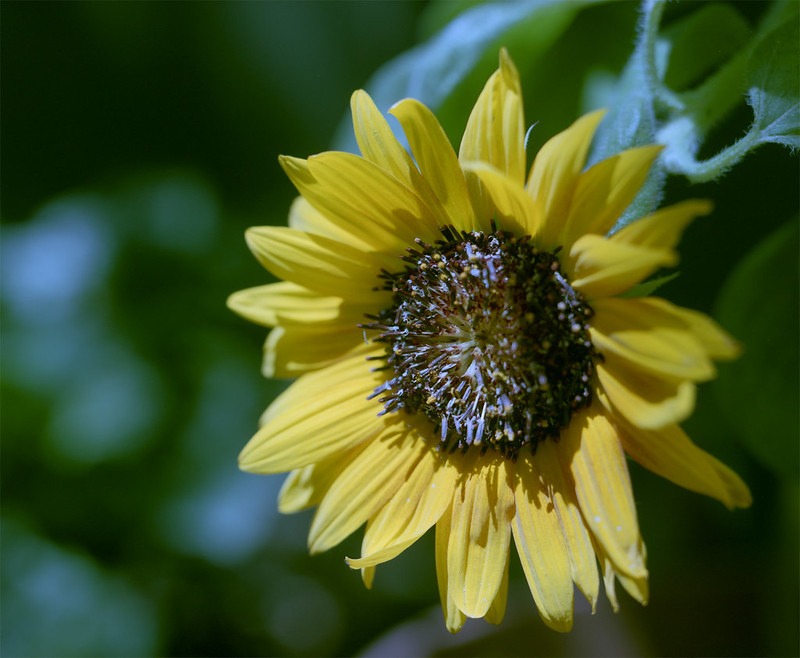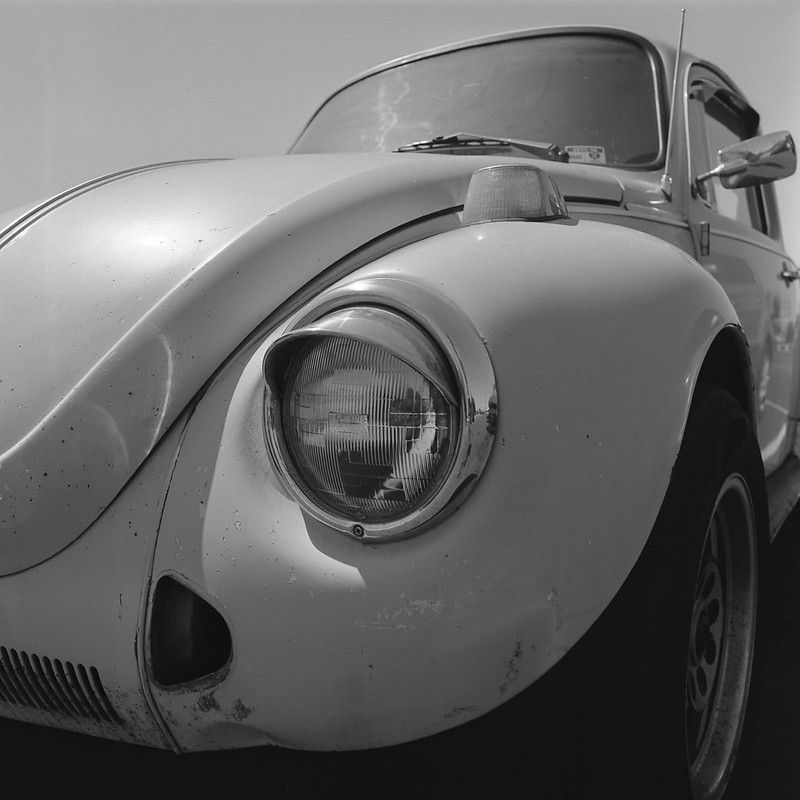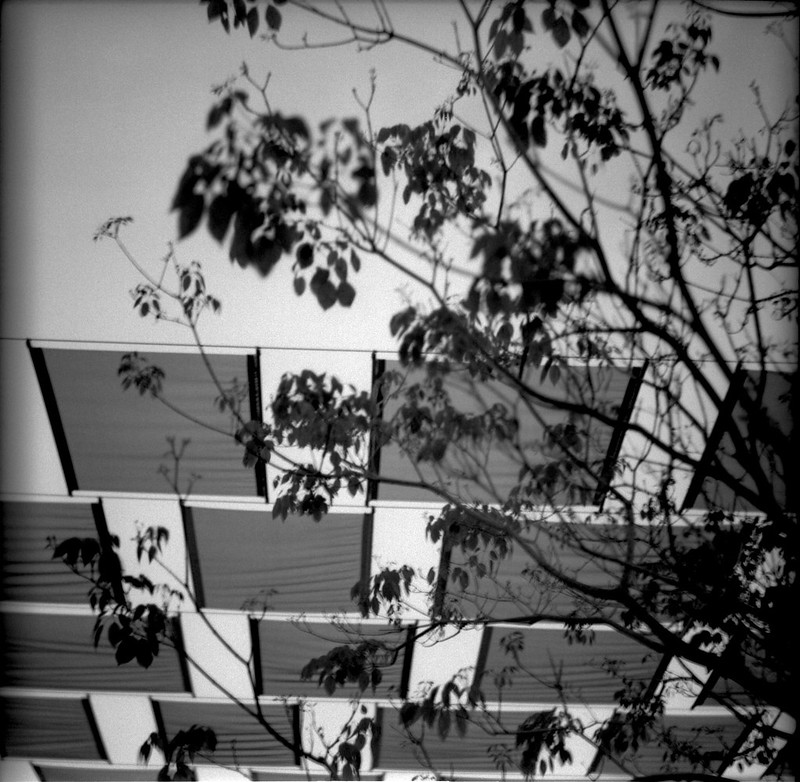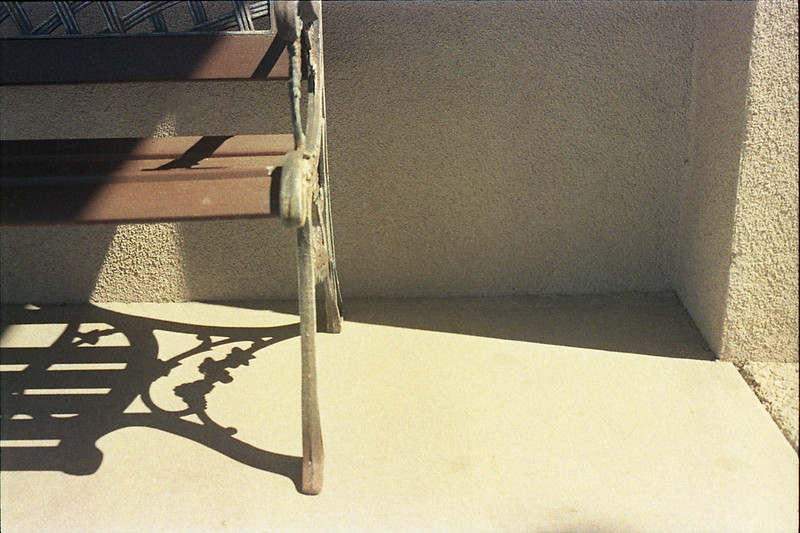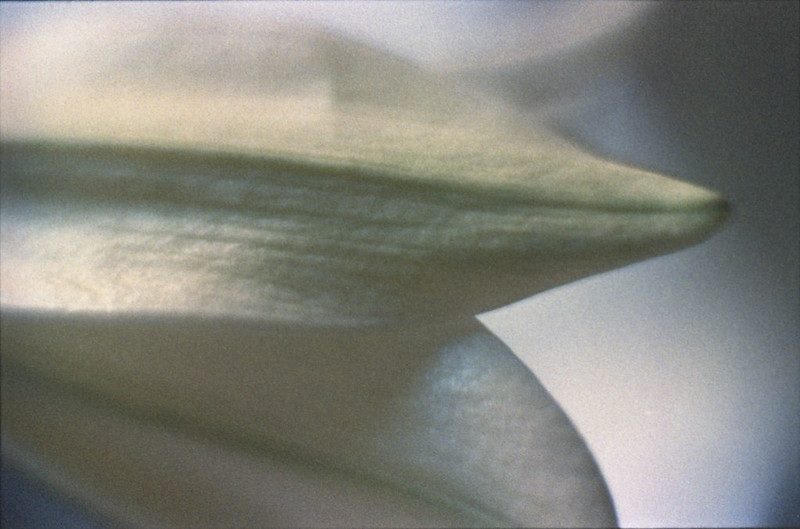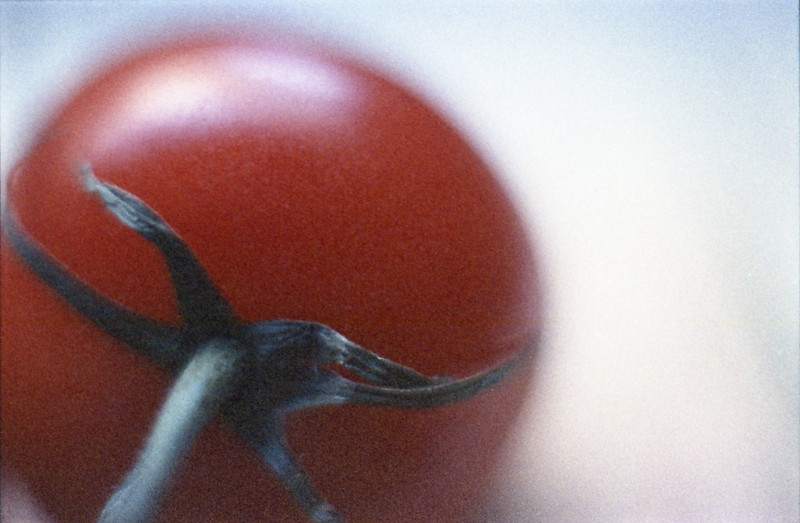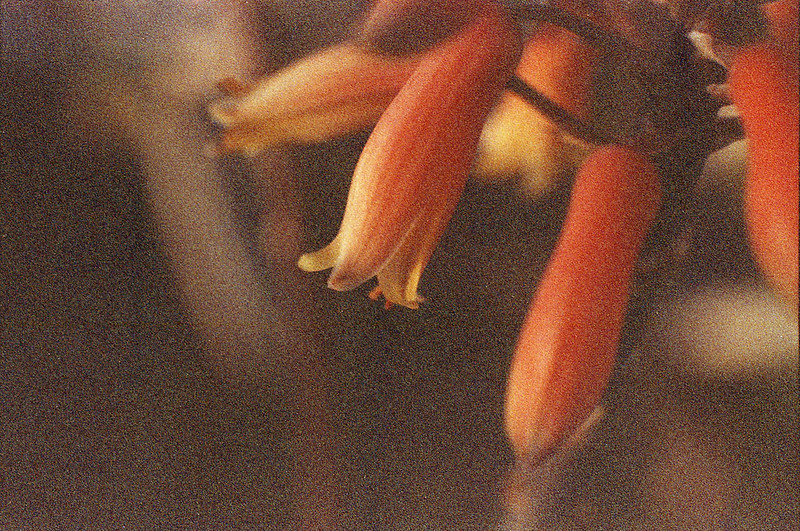Thanks to Madmen, midcentury modern is the bee's knees. Generally people are looking for furniture and design elements for their homes. Me? I love 50's cameras. Give me bakelite over titanium any day. The classic "faux TLR" is the Brownie Hawkeye Flash. I have two of those and they are genuinely fun to shoot. Taking a (small) step up in control brings me to another favorite, the Argus Super Seventy-five.
These were made in the mid to late 50's in Ann Arbor, Michigan and man were they well-made! Of course they are pretty simple, but the overall quality of build is just very good. The apertures range from 8 to 16 and the leaf shutter hits in the 1/30th to 1/50th range. Fortunately, the heft of the camera (about 1.2 lb (530g)) and the neck strap make it pretty easy to hold steady. The lens is a simple 65mm "Coated Lumar" meniscus, so don't expect anything tessar-like, but for those of us who enjoy the nostalgic feel of the photos taken with a simple lens, this performs quite well. I have flipped the lens backward in mine, so I get a characteristic radical blur around a reasonably sharp center. Focusing is by range, lining up your subject distance (in ft.) with a pointer next to the lens. At f/8 or higher, you don't have to be extremely accurate with your estimation. It will focus down to 3.5 ft. There was originally a slip-on closeup lens, but I don't have that accessory and probably wouldn't use it if I did. Correcting for parallax with a camera like this is going to take practice and I have too many cameras in the rotation to remember the quirks of each one. In the picture here, you can see the red indicator in the taking lens that says that the shutter is cocked. The shutter button is pretty stiff on this camera, so the chances of accidentally tripping it are practically nil. The real highlight of this camera is the viewfinder. It is so big and so bright that composition is a true pleasure. It is a reflex, so the image is backward, but not upside down. Remembering to focus the lens is the only down-side of having such a nice viewfinder, but get the process locked into your brain before you go out and you shouldn't have a problem (focus, compose, focus, shoot, wind). Lastly, it is worth mentioning that this camera takes 620 film. So get on the google and either clip off the outer edges of your plastic 120 spool or rewind the film onto a 620 spool and you are good to go. New plastic 620 spools can be purchased from the Film Photography Project store, or buy some cheap expired 620 film from Etsy or Ebay and get some classic metal spools with it. However you go about it, these mid-century beauties are well worth the effort to get out and shoot.
These shots were taken on Ektachrome that expired in 1981 and were developed in my own DIY C-41 soup. First up are shots from a cloudy day at the beach.
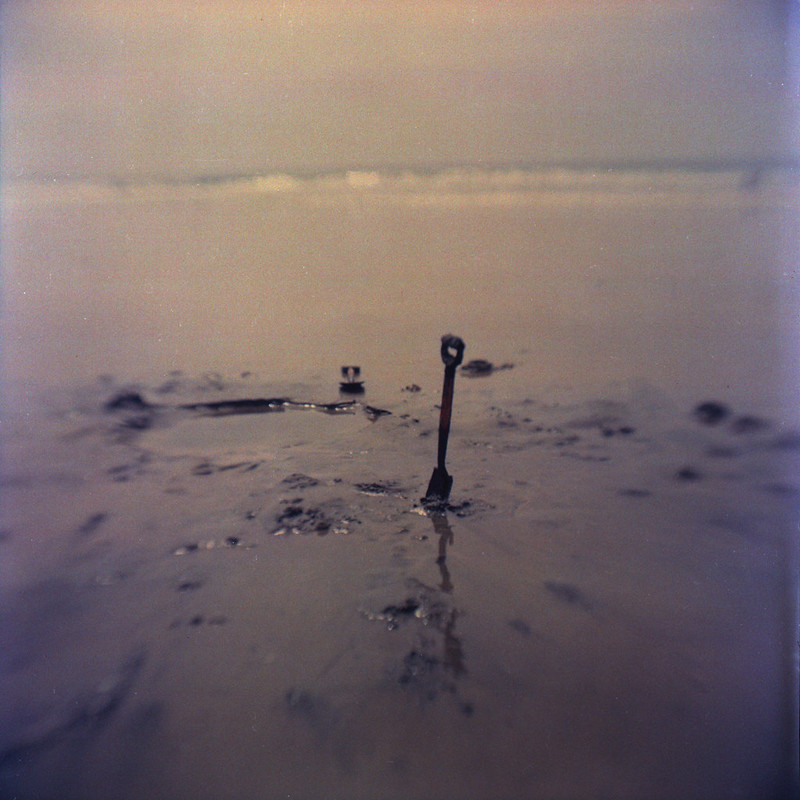
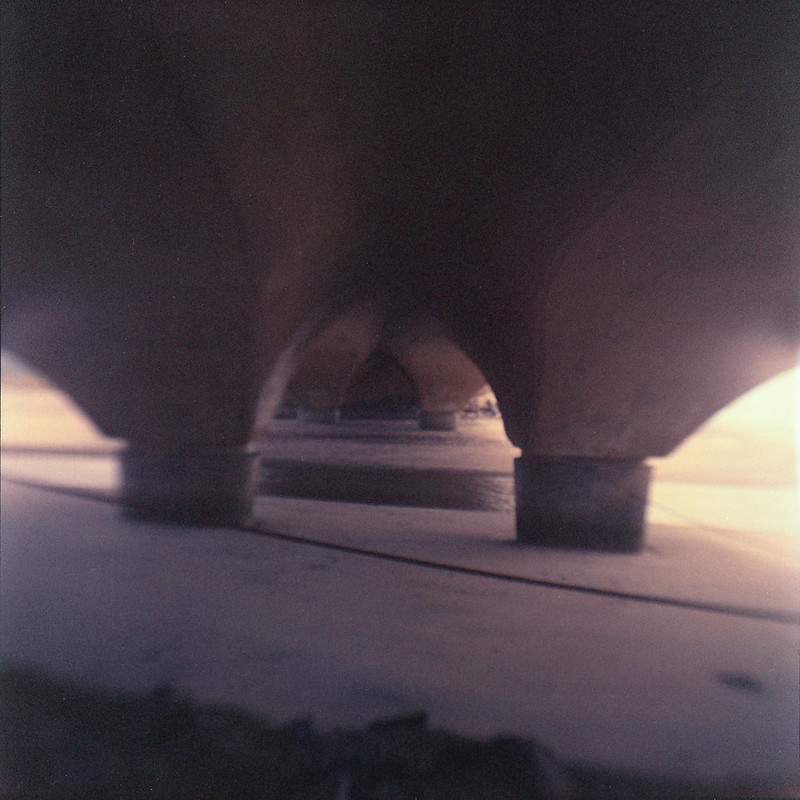
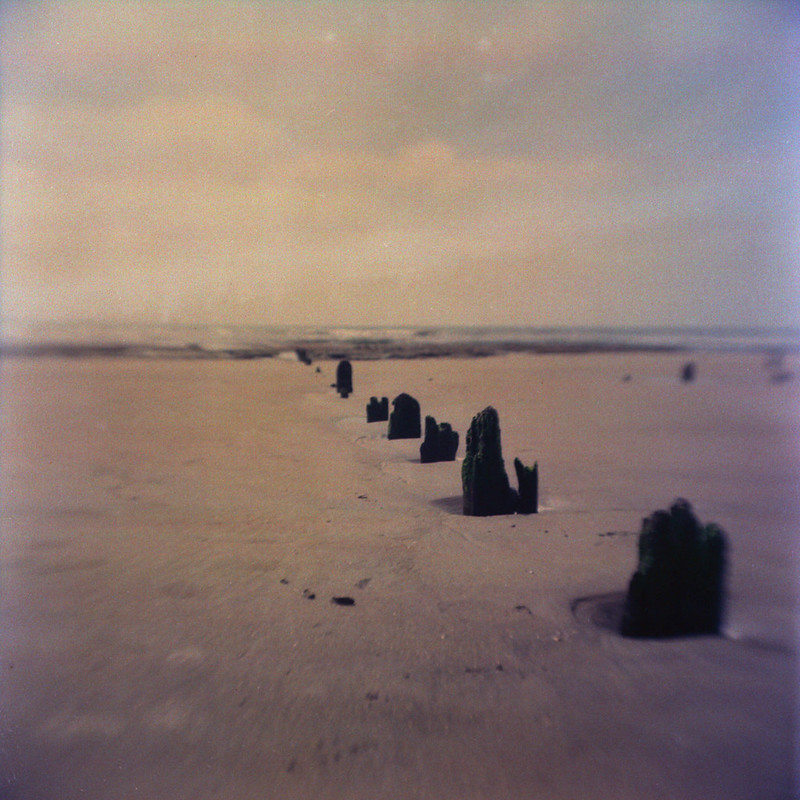
These next shots were from a sunny walk near the beach in La Jolla. I was surprised at the vast difference in color saturation with just a few more stops of light.

